Home>Kitchen & Cooking>Kitchen Gadgets & Utensils>How Often Should You Clean Your Kettle
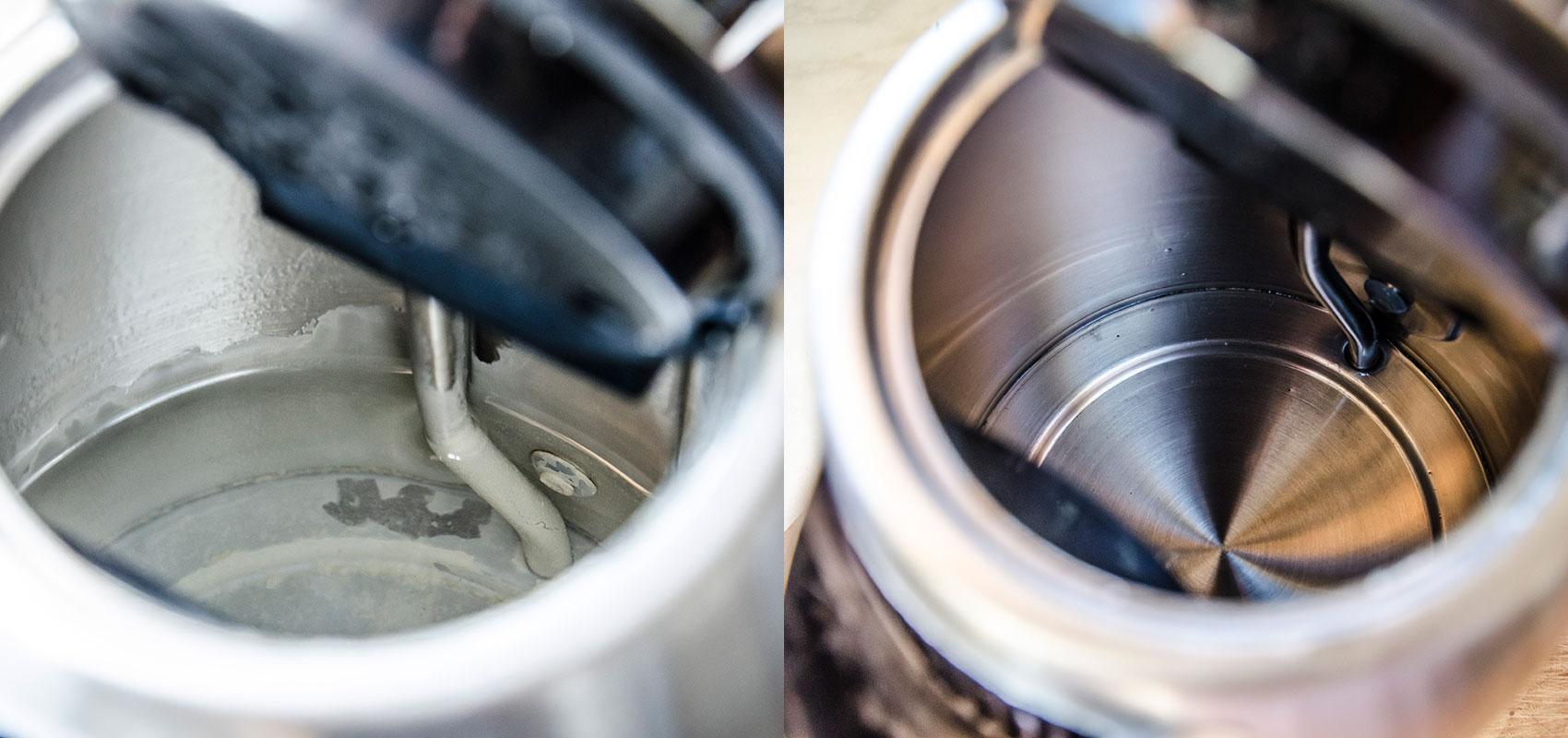

Kitchen Gadgets & Utensils
How Often Should You Clean Your Kettle
Modified: February 18, 2024
Discover the best cleaning schedule for your kitchen gadgets and utensils. Find out how often to clean your kettle for a sparkling kitchen. Keep your kitchen gadgets in top condition!
(Many of the links in this article redirect to a specific reviewed product. Your purchase of these products through affiliate links helps to generate commission for Storables.com, at no extra cost. Learn more)
Introduction
Welcome to the heart of your kitchen, where the comforting aroma of freshly brewed tea or coffee fills the air. The humble kettle, an essential appliance in any household, serves as the catalyst for invigorating mornings and cozy evenings. Yet, amidst its daily duties, the kettle quietly accumulates mineral deposits, limescale, and other residues that can compromise the quality of your beverages and the longevity of the appliance.
While we often prioritize cleaning visible surfaces in our kitchens, the maintenance of our trusty kettle can sometimes be overlooked. However, regular cleaning is crucial for preserving the kettle’s performance and ensuring the purity of the water it heats. In this article, we’ll delve into the significance of cleaning your kettle, explore the factors that influence cleaning frequency, and provide practical tips for maintaining a pristine kettle.
Key Takeaways:
- Keep your kettle clean to enjoy better-tasting beverages and reduce energy consumption. Regular descaling every 1 to 3 months is crucial, especially in hard water areas.
- Use filtered water, descale regularly, and inspect for buildup to maintain a clean and efficient kettle. Simple maintenance practices can prolong its lifespan and ensure pure-tasting drinks.
Read more: How Often Should You Clean Your Fireplace
Importance of Cleaning Your Kettle
Keeping your kettle clean is not just about aesthetics; it’s a matter of health, taste, and functionality. Over time, mineral deposits, particularly limescale, can accumulate inside the kettle, especially in hard water areas. These deposits not only mar the kettle’s appearance but also affect the taste and quality of the water or beverages it produces. When heated, the minerals in the water form a white, chalky residue, which can alter the flavor of your tea or coffee, leaving a bitter or metallic taste.
Besides affecting taste, limescale buildup can also hinder the kettle’s performance. The heating element may become less efficient, leading to longer boiling times and increased energy consumption. This not only impacts the kettle’s functionality but also contributes to higher energy bills. Furthermore, neglecting to clean the kettle can result in the growth of bacteria and other microorganisms, posing potential health risks.
Regular cleaning not only preserves the quality of your beverages but also extends the lifespan of your kettle. By preventing mineral buildup and ensuring the heating element remains free of debris, you can maintain the kettle’s efficiency and reduce the need for repairs or replacements.
Additionally, a clean kettle contributes to a more hygienic kitchen environment. With proper care and maintenance, you can enjoy pure-tasting beverages and peace of mind, knowing that your kettle is free from contaminants and residues that could compromise your health and well-being.
Factors to Consider When Determining Cleaning Frequency
The frequency of cleaning your kettle depends on several factors, each of which influences the rate of mineral buildup and residue accumulation. Understanding these factors can help you establish a cleaning routine that aligns with your specific circumstances.
- Water Hardness: The mineral content of the water in your area plays a significant role in determining the frequency of kettle cleaning. Hard water, which contains high levels of minerals such as calcium and magnesium, accelerates limescale buildup. If you reside in a hard water area, you may need to clean your kettle more frequently than those in areas with softer water.
- Frequency of Use: The more frequently you use your kettle, the faster mineral deposits and residues will accumulate. Regular usage leads to more frequent heating cycles, contributing to the buildup of limescale and other impurities. Consider adjusting your cleaning schedule based on how often you boil water in your kettle.
- Water Quality: In addition to water hardness, the overall quality of the water can impact the rate of residue accumulation. Water with high levels of impurities or sediments may lead to faster buildup, necessitating more frequent cleaning to maintain the kettle’s performance and purity of the water it heats.
- Cleaning Methods: The effectiveness of your cleaning methods and products can influence how often you need to clean your kettle. Using descaling solutions, vinegar, or specialized kettle cleaners can help remove mineral deposits and residues, potentially extending the time between thorough cleanings.
By taking these factors into account, you can tailor your cleaning routine to suit your specific environment and usage patterns, ensuring that your kettle remains in optimal condition and continues to deliver pure, flavorful beverages.
To prevent limescale buildup, clean your kettle at least once a month by filling it with equal parts water and vinegar, boiling, and then rinsing thoroughly.
How Often to Clean Your Kettle
The ideal cleaning frequency for your kettle depends on the interplay of various factors, including water hardness, frequency of use, and water quality. By considering these elements, you can determine a cleaning schedule that maintains the performance and hygiene of your kettle.
Hard Water Areas: If you reside in an area with hard water, characterized by high mineral content, it’s advisable to clean your kettle more frequently. The accelerated buildup of limescale in hard water areas necessitates regular cleaning to prevent the accumulation of mineral deposits and maintain the purity of the water.
Frequent Usage: For households that use the kettle frequently, such as multiple times a day, more frequent cleaning may be necessary to prevent the buildup of mineral deposits and residues. Regular usage accelerates the formation of limescale, impacting the taste of beverages and the efficiency of the kettle’s heating element.
Water Quality: The overall quality of the water in your area, including impurities and sediments, can influence the cleaning frequency. Water with high levels of impurities may lead to faster residue accumulation, prompting the need for more regular cleaning to uphold the kettle’s performance and the quality of the water it heats.
Considering these factors, a general guideline for cleaning your kettle is to perform a thorough descaling and cleaning process every 1 to 3 months. However, this timeframe may need adjustment based on the specific conditions in your area and your household’s usage patterns. Regularly inspect the interior of the kettle for signs of mineral buildup, and adjust your cleaning schedule accordingly.
It’s important to note that while a routine cleaning schedule is beneficial, you should also address any visible buildup or changes in water taste promptly. By staying attentive to the condition of your kettle and the quality of the water it produces, you can maintain a clean and efficient appliance that consistently delivers pure-tasting beverages.
Tips for Maintaining a Clean Kettle
Keeping your kettle in optimal condition involves more than just periodic cleanings. By incorporating simple maintenance practices into your routine, you can prolong the cleanliness and performance of your kettle while ensuring the purity of the water it heats.
- Use Filtered Water: Consider using filtered water in your kettle to reduce the mineral content and impurities that contribute to limescale buildup. Filtered water can help extend the time between thorough cleanings and improve the taste of your beverages.
- Regularly Descale: Implement a descaling routine every 1 to 3 months, or as needed based on your water hardness and usage patterns. Use descaling solutions, vinegar, or specialized kettle cleaners to effectively remove mineral deposits and residues from the interior of the kettle.
- Empty and Dry Thoroughly: After each use, empty any remaining water from the kettle and ensure it is thoroughly dried to prevent the accumulation of moisture, which can contribute to bacterial growth and mineral buildup.
- Avoid Overfilling: Refrain from overfilling the kettle, as this can lead to spills and the accumulation of water on the exterior, potentially causing mineral deposits and stains over time.
- Regular Inspection: Periodically inspect the interior of the kettle for signs of mineral buildup or discoloration. Address any visible residues promptly to prevent them from affecting the taste of your beverages and the efficiency of the kettle.
- Use Gentle Cleaning Methods: When cleaning the exterior of the kettle, opt for gentle cleaning methods to avoid damaging the surface. Use mild soap and a soft cloth to wipe away any stains or residues.
- Store Properly: When not in use, store the kettle in a dry environment to prevent the accumulation of moisture and minimize the potential for bacterial growth. Proper storage can contribute to the longevity and cleanliness of the appliance.
By integrating these maintenance tips into your kettle care routine, you can uphold the cleanliness, functionality, and longevity of this essential kitchen appliance, ensuring that each cup of tea or coffee is a pure and delightful experience.
Read more: How Often Should You Clean Your Humidifier
Conclusion
As a steadfast companion in your kitchen, the kettle deserves attention and care to maintain its performance, purity, and longevity. Regular cleaning is essential for preventing mineral buildup, preserving the taste of your beverages, and ensuring the efficient operation of the appliance. By considering factors such as water hardness, frequency of use, and water quality, you can establish a cleaning routine that aligns with your specific needs and environment.
Furthermore, incorporating simple maintenance practices, such as using filtered water, regular descaling, and thorough drying, can contribute to the ongoing cleanliness and functionality of your kettle. By staying attentive to the condition of the appliance and addressing any visible residues promptly, you can uphold a hygienic kitchen environment and consistently enjoy pure-tasting beverages.
Remember, the cleanliness of your kettle not only impacts the quality of your drinks but also influences the efficiency and lifespan of the appliance. By prioritizing regular cleaning and maintenance, you can savor each cup of tea or coffee with the assurance that your kettle is in optimal condition, ready to deliver delightful moments of comfort and warmth.
So, embrace the ritual of caring for your kettle, and relish the rewards of a clean, efficient, and reliable companion that enriches your daily moments with the simple pleasure of a perfectly brewed beverage.
Frequently Asked Questions about How Often Should You Clean Your Kettle
Was this page helpful?
At Storables.com, we guarantee accurate and reliable information. Our content, validated by Expert Board Contributors, is crafted following stringent Editorial Policies. We're committed to providing you with well-researched, expert-backed insights for all your informational needs.
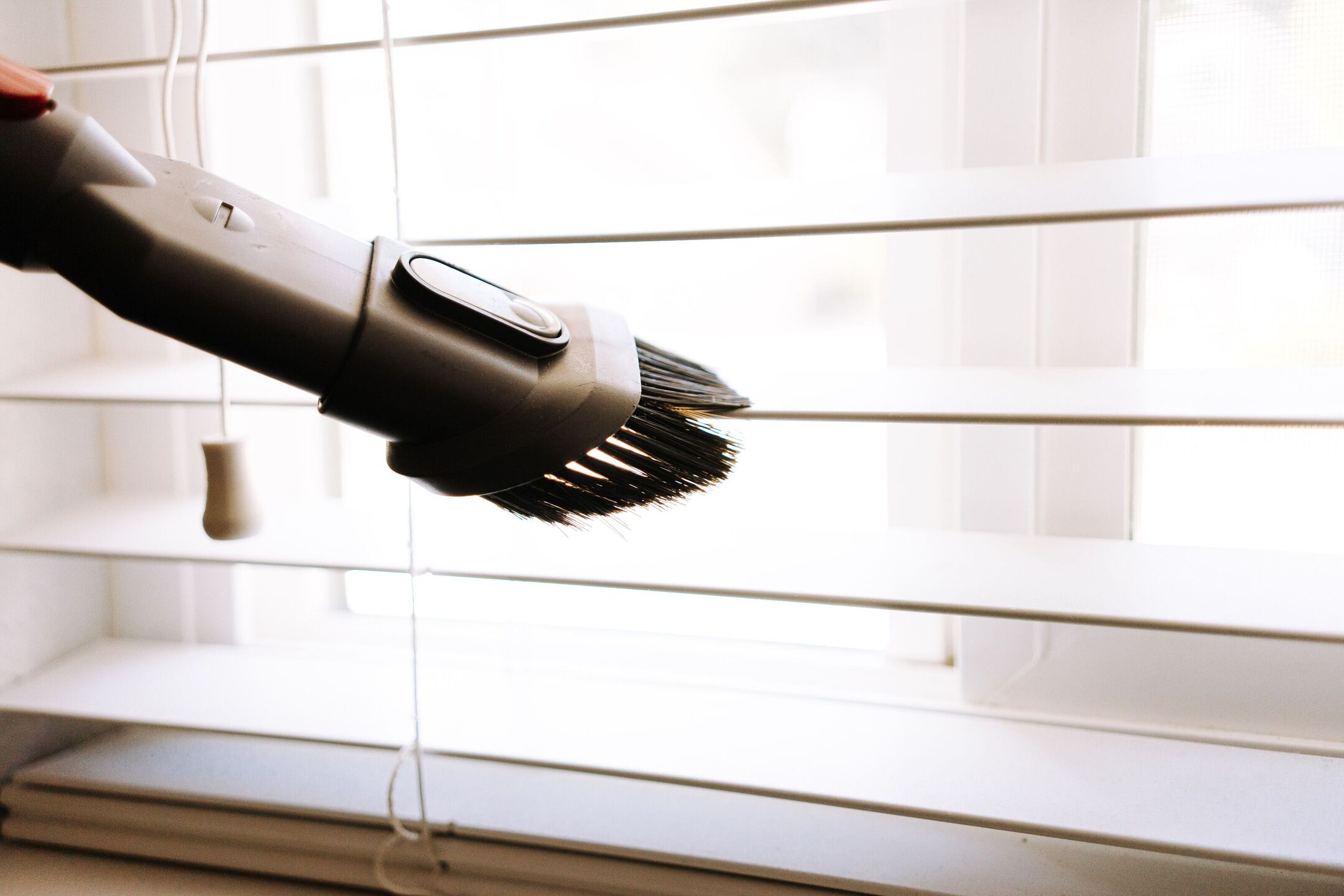
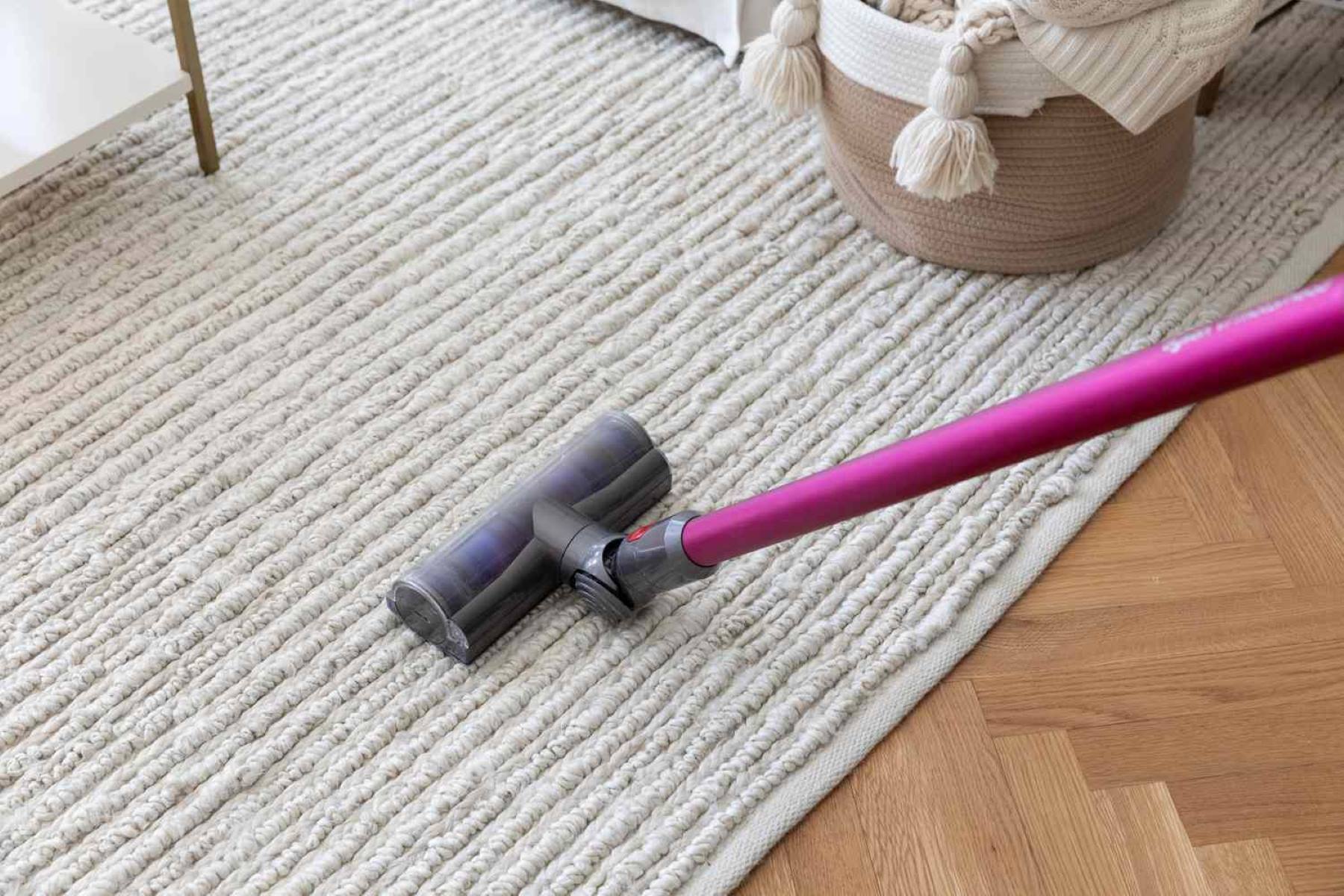
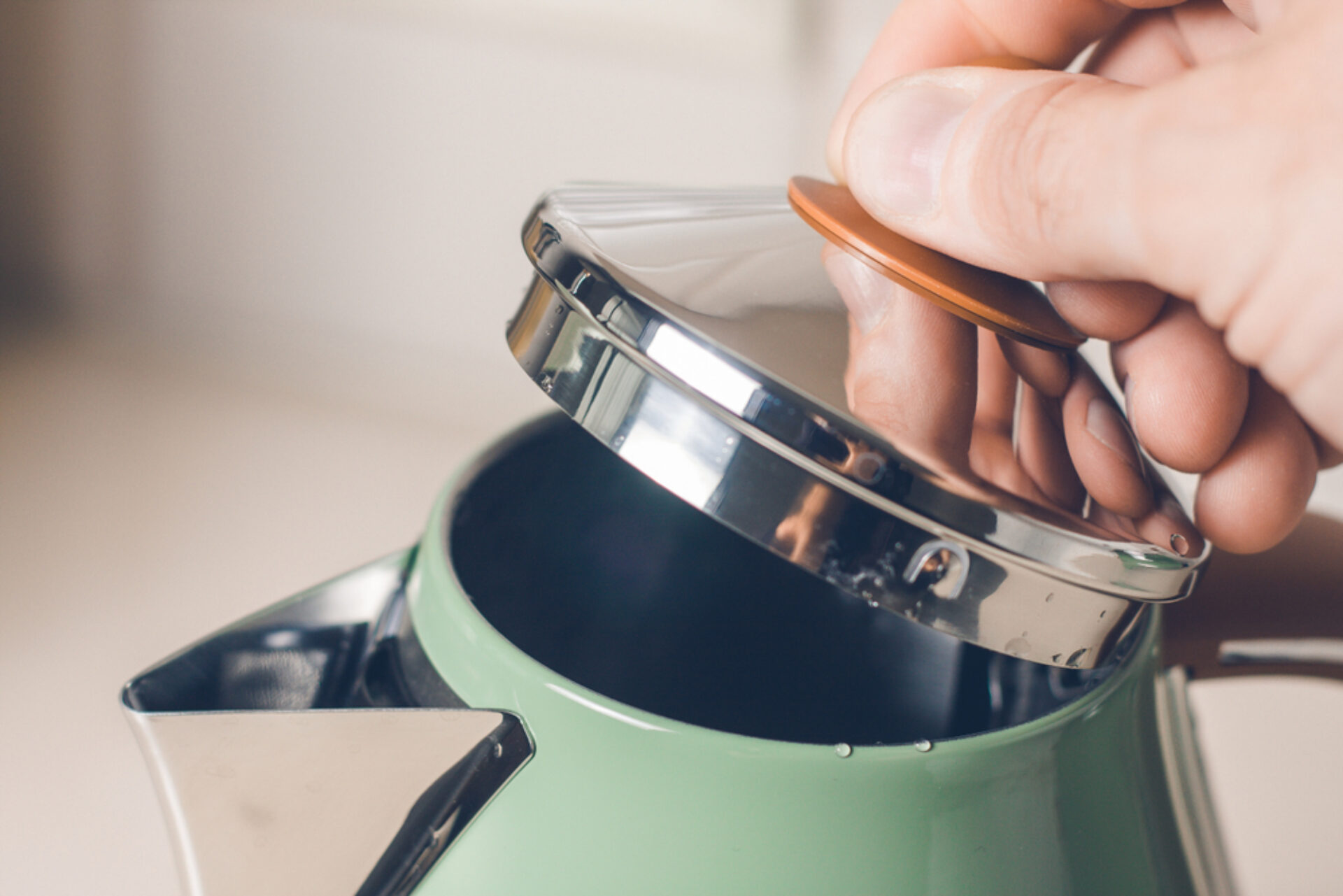
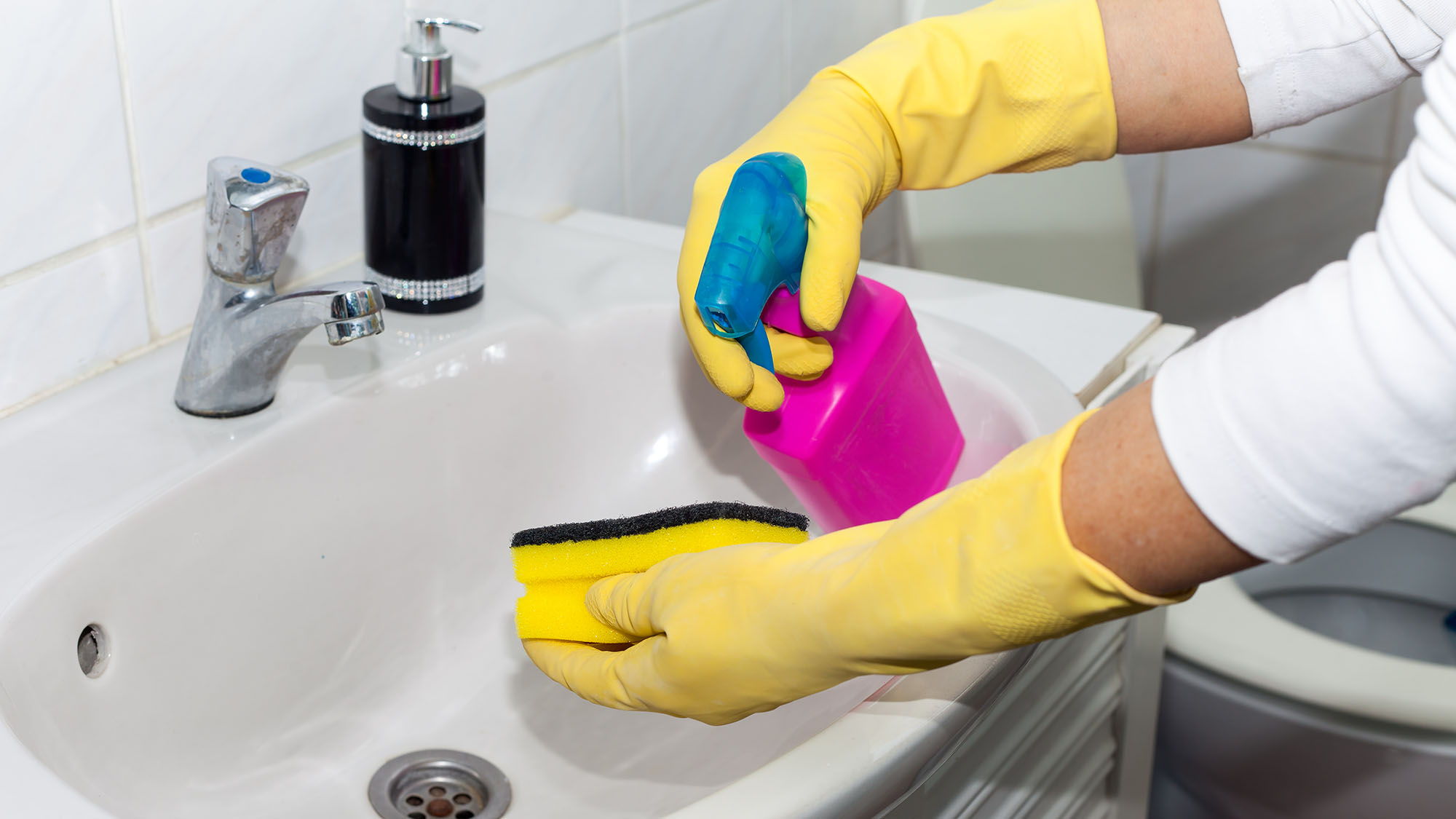
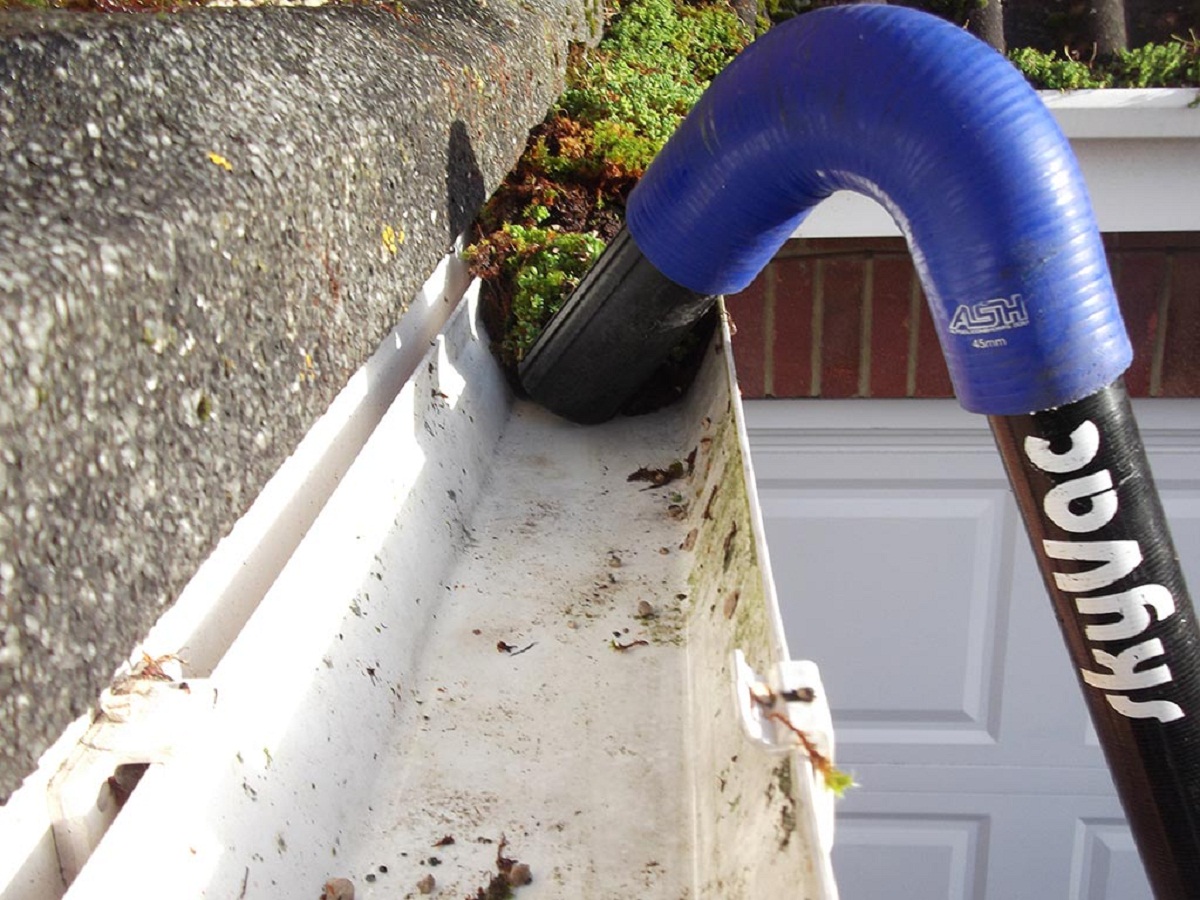
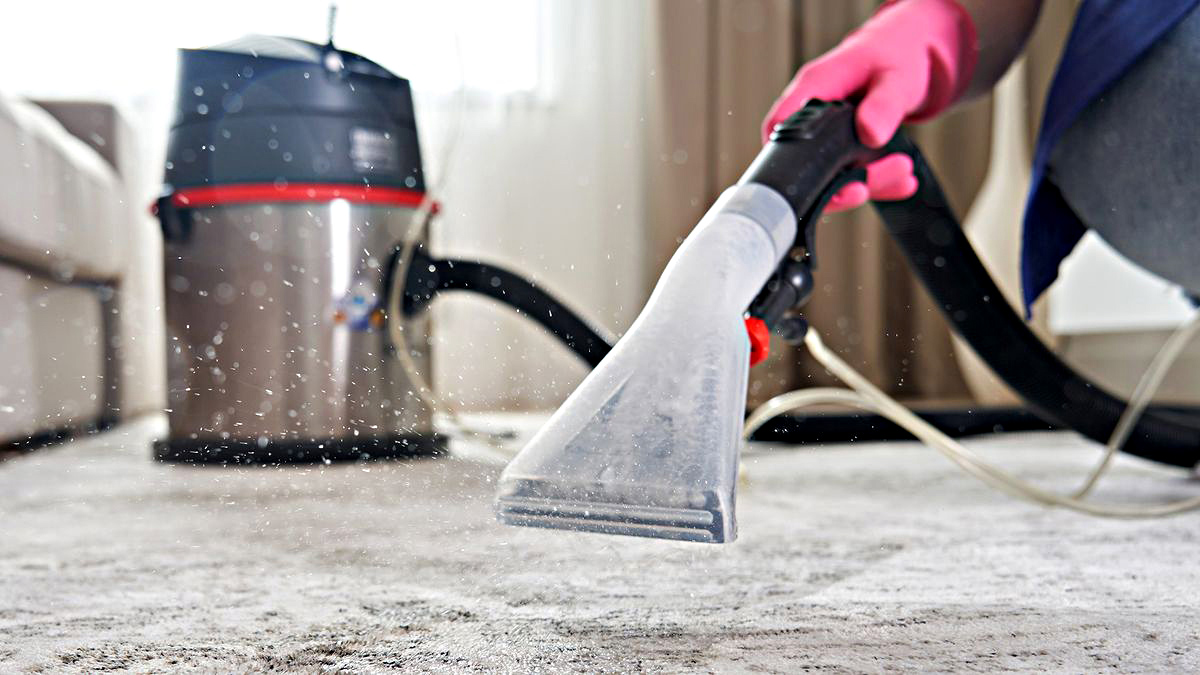

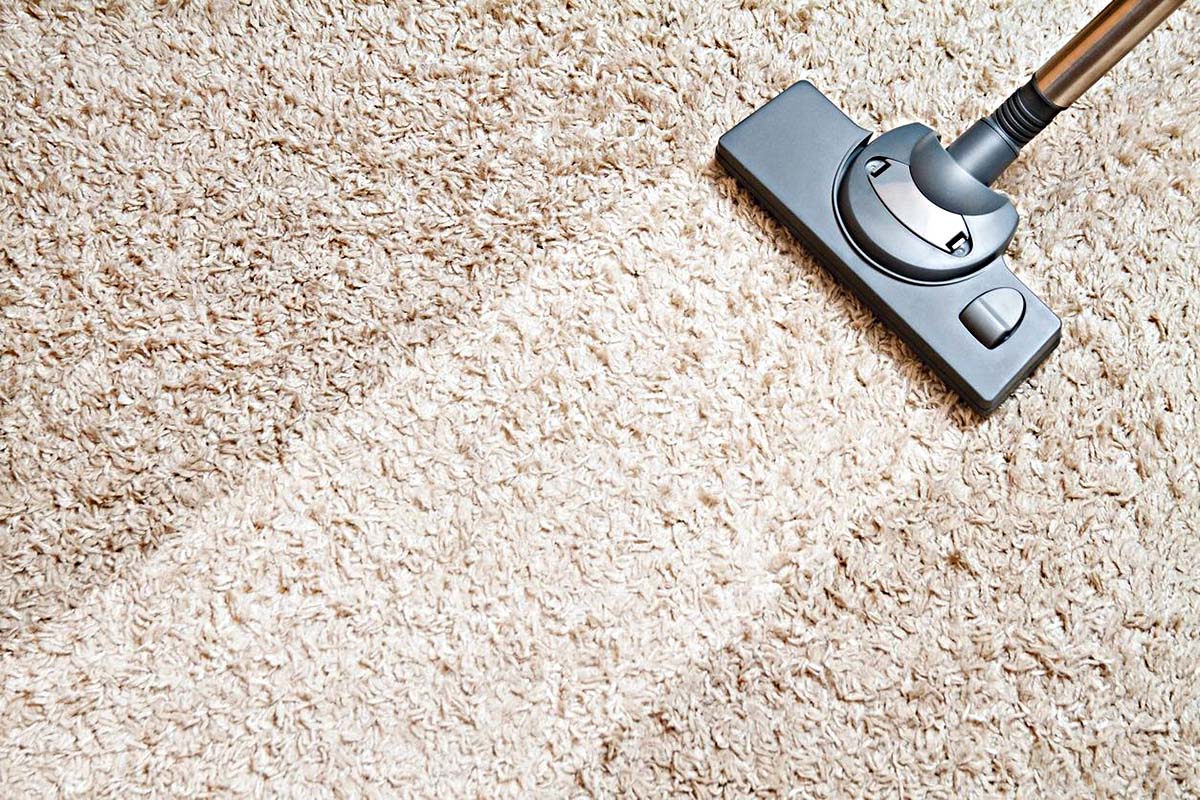
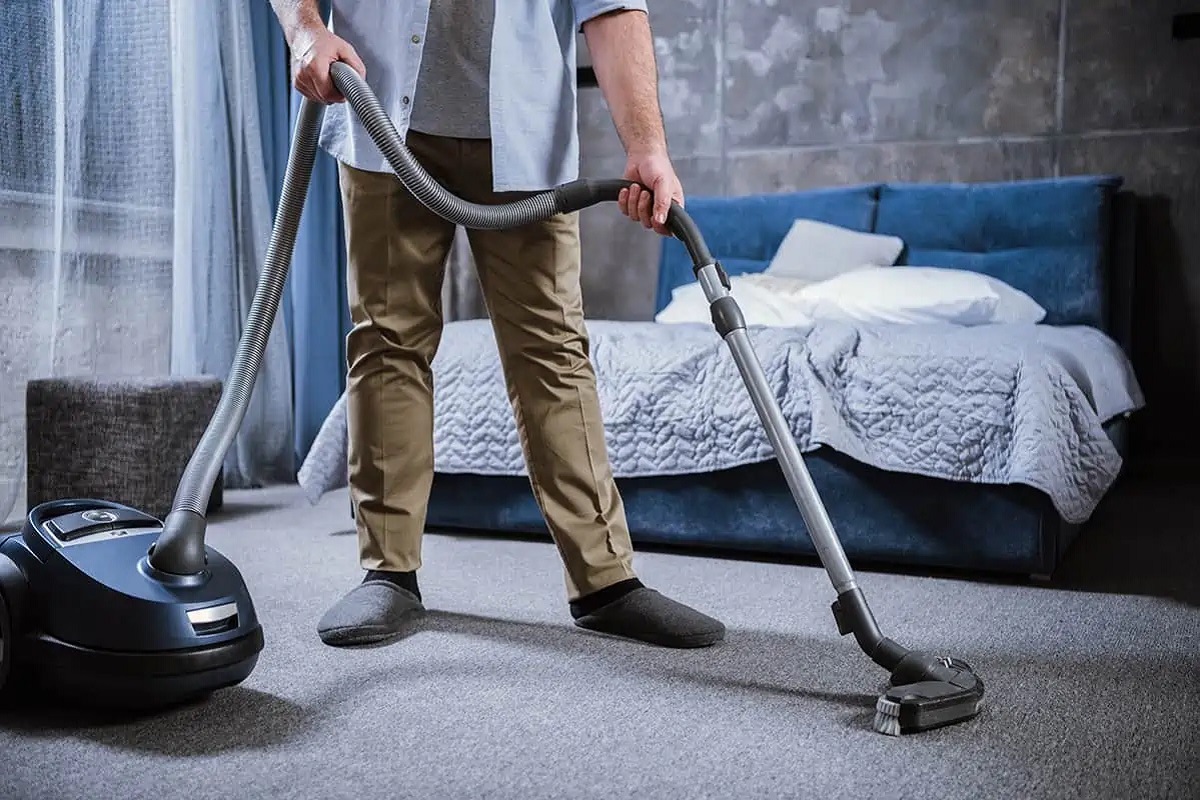
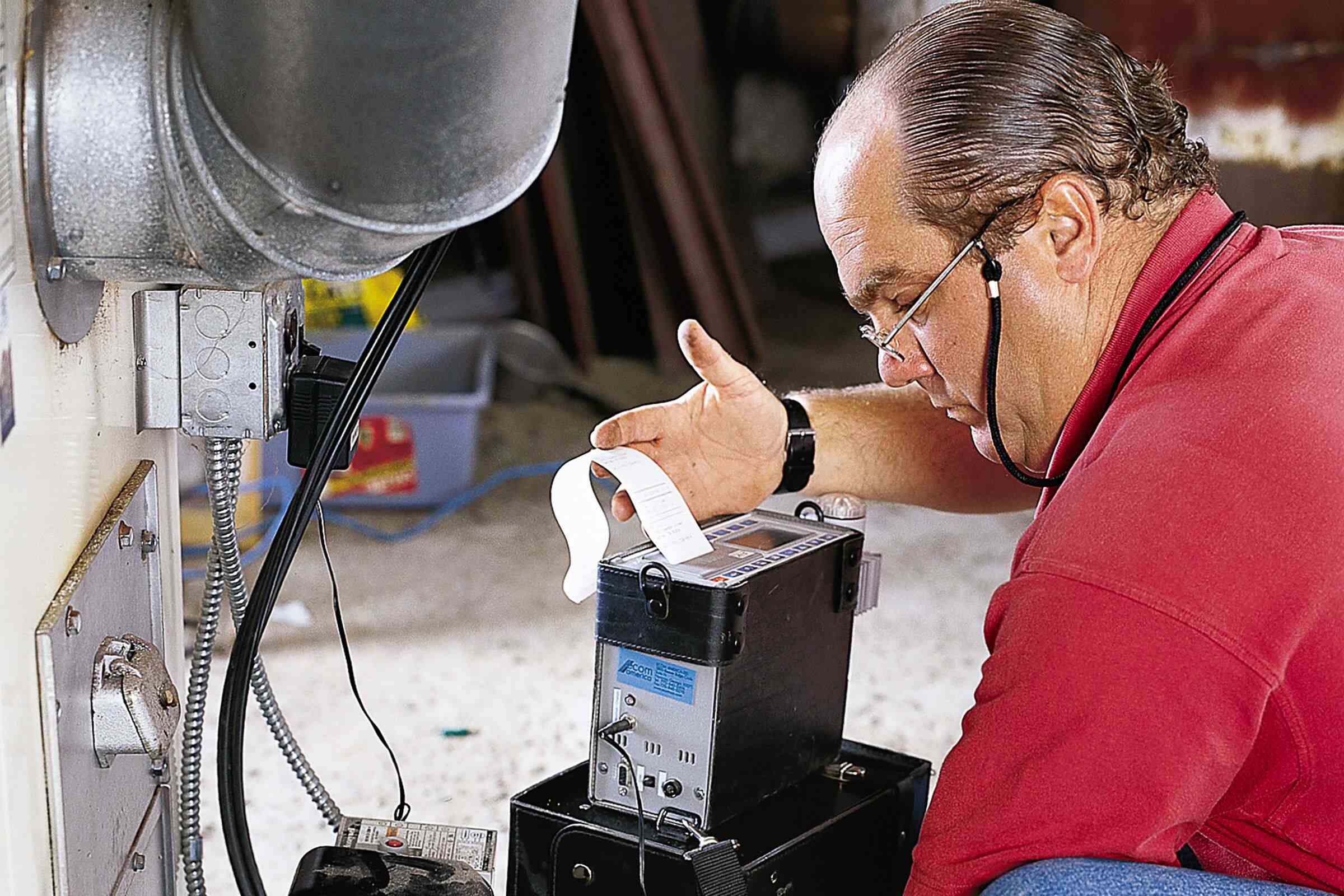

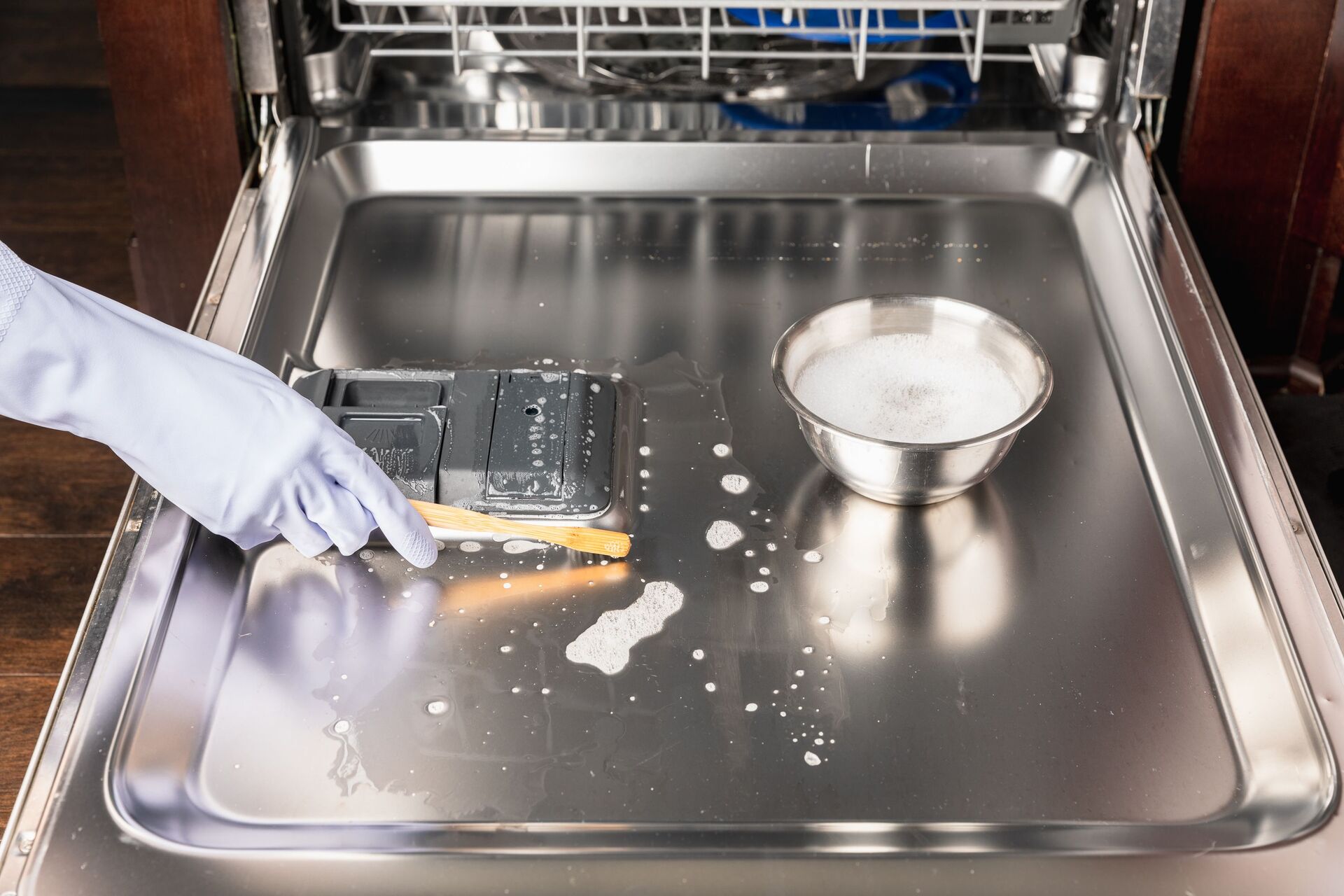
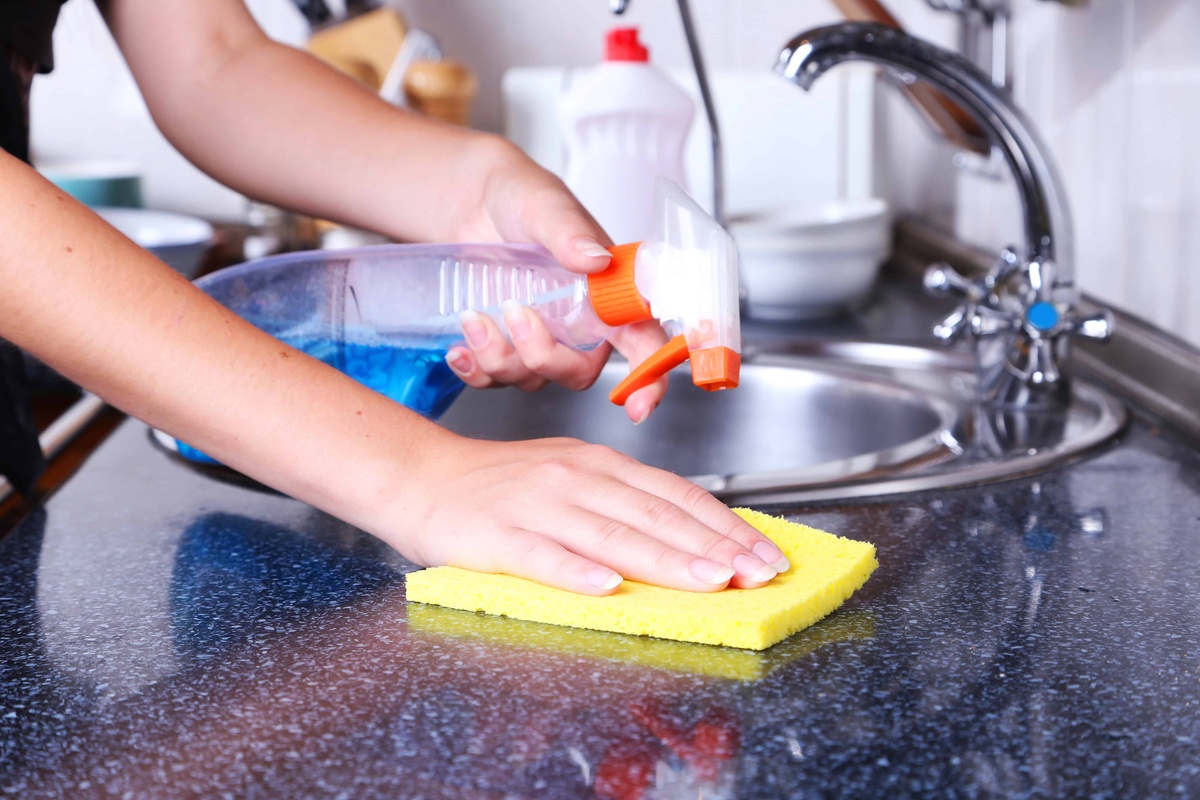
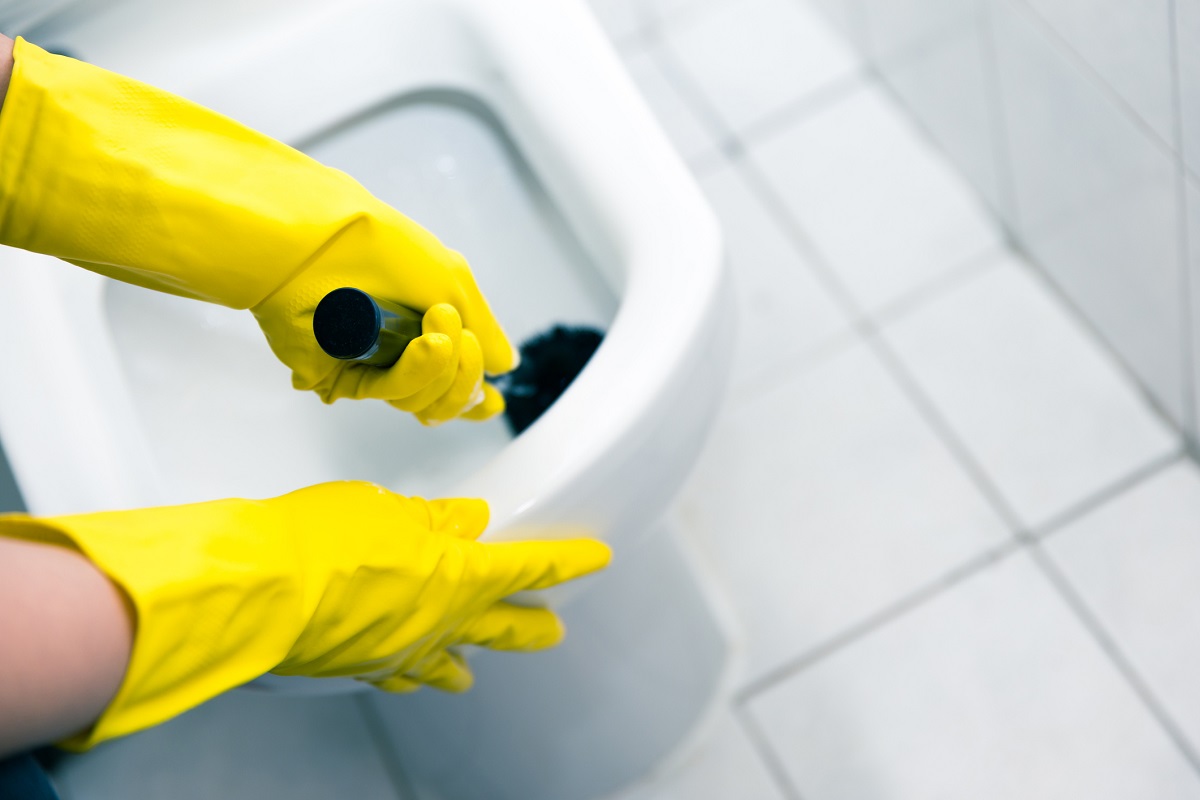

0 thoughts on “How Often Should You Clean Your Kettle”